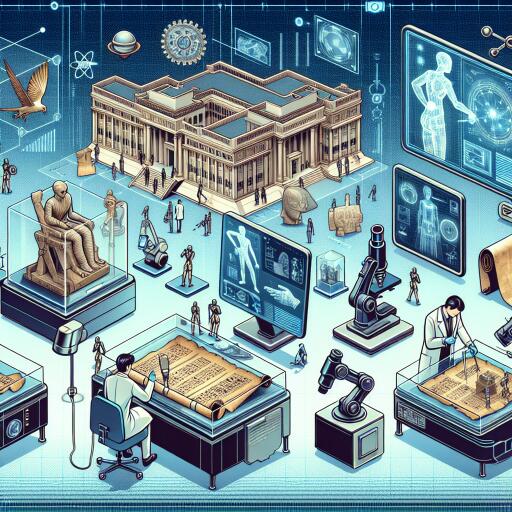Utilizing Cutting-Edge Technology in Safeguarding and Promoting Cultural Heritage
The conservation and promotion of cultural heritage are vital in preserving historical values while simultaneously creating avenues for economic growth within the tourism and culture sectors. A crucial aspect of this conservation effort revolves around copyright, a cornerstone in strategizing for the cultural industry’s expansion.
Yet, these efforts face challenges due to insufficient resources, technology, and strategic planning, which hinders the widespread acknowledgment of heritage sites. During the 43rd session of the World Federation of UNESCO Clubs, Centers and Associations, a revolutionary approach was introduced by Huy Nguyen from Phygital Labs, advocating for the fusion of technology to bolster the cultural industry’s growth.
The concept of ‘phygital’, an amalgamation of the physical and digital realms, forms the cornerstone of this new approach, aimed at crafting unparalleled experiences and enhancing user engagement. Through ‘phygital’, physical entities are woven seamlessly into the digital fabric via sophisticated platforms including blockchain, Near Field Communication (NFC), and augmented/virtual/extended reality (AR/VR/XR).
Blockchain stands out with its decentralized nature, empowering users with unprecedented control over their data. Its attributes of transparency and immutability render it an excellent tool for the authentication and safeguarding of digital assets, cultural heritage included. The integration of blockchain within the cultural heritage domain promises substantial rewards, from authenticating the provenance of objects and combating counterfeit goods to instituting a transparent regime for transactions surrounding heritage sites and products, thus safeguarding heritage values and spurring novel economic possibilities via digital assets’ trade and exchange.
Instances abound of museums deploying blockchain to validate ownership and facilitate the digital auctioning of cultural artifacts and sites. Additionally, NFC technology is gaining traction for its capability to link physical items with digital identification data, transmitting information swiftly and securely, thereby paving new pathways in heritage preservation and promotion.
Moreover, the AR/VR/XR triad is reshaping interaction paradigms, blending virtual elements with the real world (AR), introducing immersive environments (VR), and amalgamating both experiences (XR). They are unlocking innovative methods to explore and appreciate cultural heritage. Through AR, visitors can view three-dimensional representations of artifacts within museums; VR allows for remote touring of heritage locales, and XR facilitates the creation of digital exhibitions, enhancing accessibility and interaction with cultural heritage in unprecedented ways.
In summary, leveraging sophisticated technologies like blockchain, NFC, and AR/VR/XR can revolutionize how cultural heritage is preserved, promoted, and experienced. By bridging the gap between the past and the future, these tools not only safeguard our global heritage but also open the door to new economic opportunities, ensuring that historical values continue to enrich future generations.









